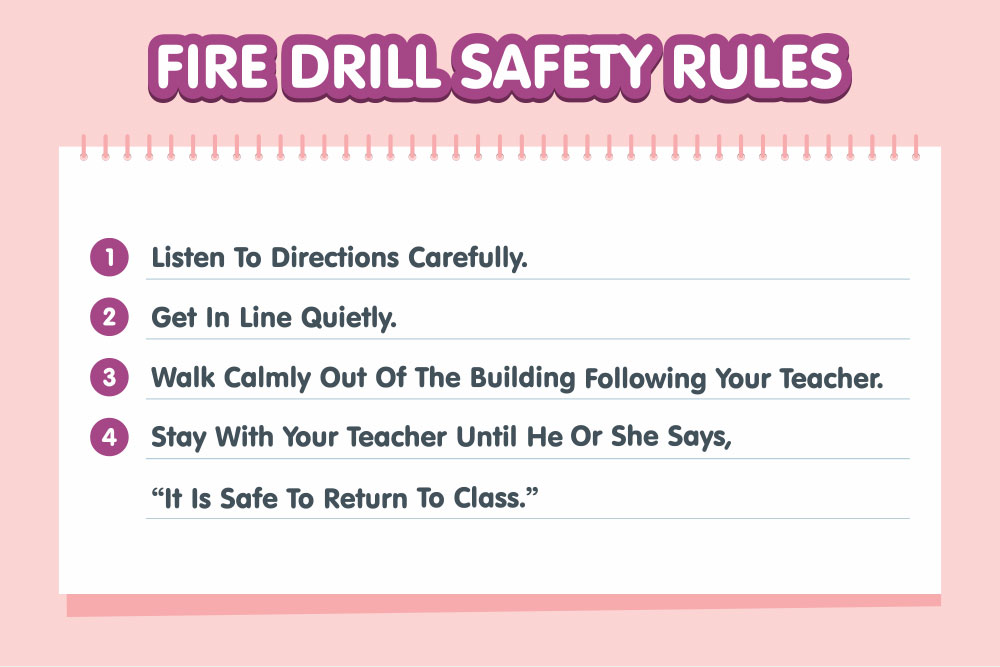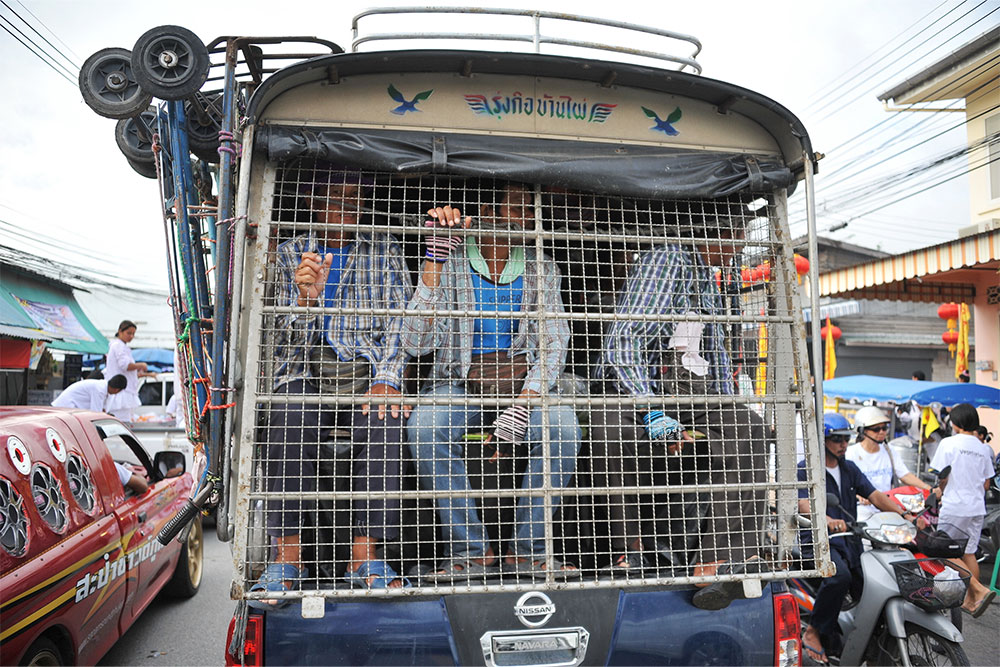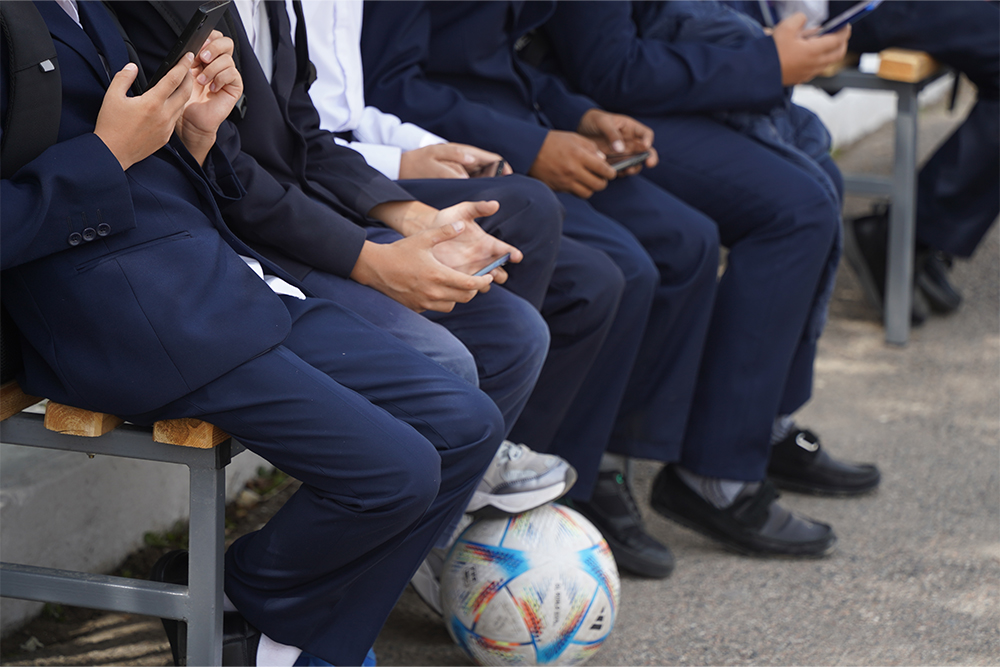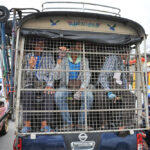
Fire safety training gives school staff the awareness to prevent fires and helps take the panic and uncertainty out of evacuations when they happen.
But with budgets squeezed and teacher workloads at an all-time high, it helps to know exactly what fire training for schools you need for compliance and effective prevention. Read our blog to learn more about fire training legislation, guidance and how it keeps schools safe from the devastation of a fire.
The Cost of School Fires
The most recently available statistics showed that in the five years leading up to March 2021, there were 2,300 reported school fires. These blazes destroyed 47 school buildings, equivalent to 1,100 classrooms.
There’s the obvious financial cost to schools and local authorities for rebuilding or arranging alternative spaces but there’s also a significant human cost.
Thankfully, this cost isn’t measured in lives as fatalities or serious injuries are extremely rare in school fires. Instead, teaching hours are usually the first casualty of a school fire.
Figures suggest that the disruption caused by fires affects around 90,000 pupils every year. When children are still suffering the consequences of coronavirus-related school closures, any further disruption could have devastating effects on pupil progress.
Fire Safety Legislation for Schools
Fire safety for schools is covered by the Regulatory Reform (Fire Safety) Order 2005. This piece of legislation (also known as the Fire Safety Order) covers fire safety regulations for all non-domestic premises in England and Wales.
There is further guidance specific to schools (more on that later) but the Fire Safety Order places the same demands on places of education as it does any other workplace. To support fire safety in any non-domestic building, there must be:
- Sufficient fire control measures present
- Adequate fire safety training given to staff who work at the site
For workplaces, the responsibility for organising fire control measures and providing fire safety training usually falls on the employer, who is legally designated the ‘responsible person’.
For schools, the ‘responsible person’ is usually the headteacher although the position can also be filled by governors or other senior leaders.
The Duties of the Responsible Person
Whoever holds the title of ‘responsible person’ is accountable for fire safety in their school and must ensure all legislation is followed and duties fulfilled.
Their primary fire safety duties are:
- Completing fire risk assessments for their premises
- Taking steps to eliminate or control the risk of fire
- Communicating fire risks and control measures to staff
- Planning for evacuations and sharing the plan with staff
(And don’t forget to provide adequate fire safety training for employees.)
The legislation allows responsible persons to delegate their duties to other competent individuals if they feel they lack the abilities or time to fulfil them. For schools, trusting fire safety duties to professionals or other trained individuals is often a good idea. Most education environments are large and complex so need proportionately detailed fire risk assessments. Although guidance is available, some headteachers may struggle to produce sufficiently detailed fire risk assessments.
That’s not to say that headteachers (or other school staff) can’t develop the necessary competency to complete fire risk assessments for their schools. Competency is defined as the right combination of training, skills, experience and knowledge so with the right coaching it’s possible for school staff to achieve the necessary level of competency.
Duties of Other Staff
While other staff don’t have specific duties placed upon them, everyone needs to contribute to workplace fire safety. That’s why it’s a requirement for all employees to receive some form of fire safety training.
The fire training for schools should cover:
- Fire risks
- Fire prevention
- Evacuation plans
Knowledge should be refreshed by repeating the training every six to twelve months. And this training should be in addition to regular fire drills.
Benefits of Fire Safety Training
Fire Prevention
The majority of fires are caused by human error. Common examples include:
- Build-up of combustible clutter too close to a heat source
- Misused appliances
- Smoking in the wrong area
As you can see, carelessness or a lack of knowledge is usually the root cause of a fire. (Teachers – consider this a gentle reminder to file that stack of marked test papers and stop storing them next to the radiator.)
Training is an obvious way to overcome this. And with children being particularly vulnerable and budgets being tight at the best of times, the standards for fire safety in schools need to be high.
Cognitive Load
As an educator, you’re aware of cognitive load theory. But when you’re so busy using it to plan lessons, you might forget it applies to adults too.
If you work in a school, you’ve got a lot going on. Everyone – teachers, support staff, senior leaders – is consistently under a significant amount of pressure. This mental strain means that you’re not always in the best frame of mind to learn yourself. And sometimes staff training feels like nothing more than an unwelcome distraction while you’re trying to go over your mental to-do list.
But you need to focus on fire safety training, particularly when it comes to fire drills. In an evacuation, teachers, support staff and other school employees don’t just need to get themselves safely out of a building, they need to calmly evacuate pupils too. Fire training and drills help take the uncertainty out of evacuations and help you internalise escape plans, freeing up brainpower to focus on getting your class safely out of the building.

Safety Culture
Providing fire safety training and following it up with periodic refresher training signals to all school staff that fire safety is a priority.
If you’re a responsible person in your school, you need to get everyone on board with your fire safety measures. It’s impossible to monitor every inch of your premises so you have to trust others to take fire safety seriously and contribute. And, as mentioned, prevention is the best form of firefighting.
Where You Can Find Fire Safety Training For Your Staff
As much as your staff love gathering together in the hall every Wednesday afternoon for staff training, they’d probably prefer to learn on their own schedules in the comfort of their classroom. (As a former teacher, I’m sure of this.) And with most schools employing dozens of staff, training costs can soon rack up.
That’s why you’re probably best choosing online Fire Awareness Training. The e-Learning course covers all the fire safety fundamentals your staff needs to know, including legislation, prevention and evacuation. And since the training is exclusively online, your staff can fit it around their other duties, plus you can save with discounts on group purchases.




























































































































































































































































































































































































































































































































































































































































































































































